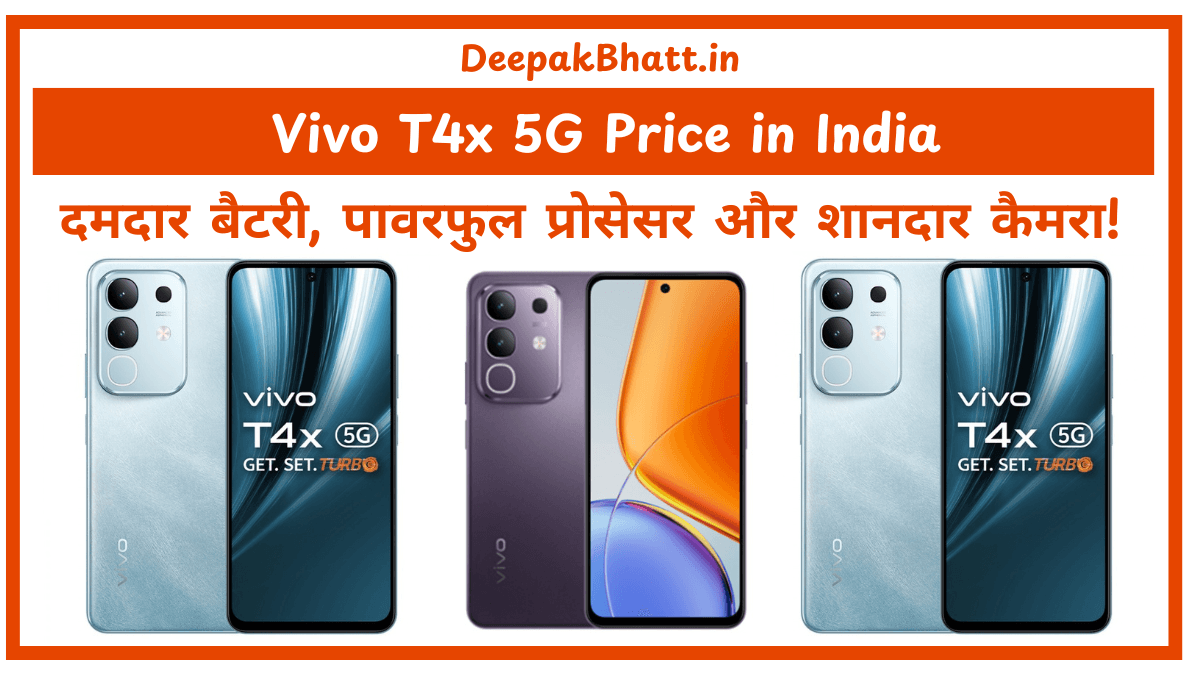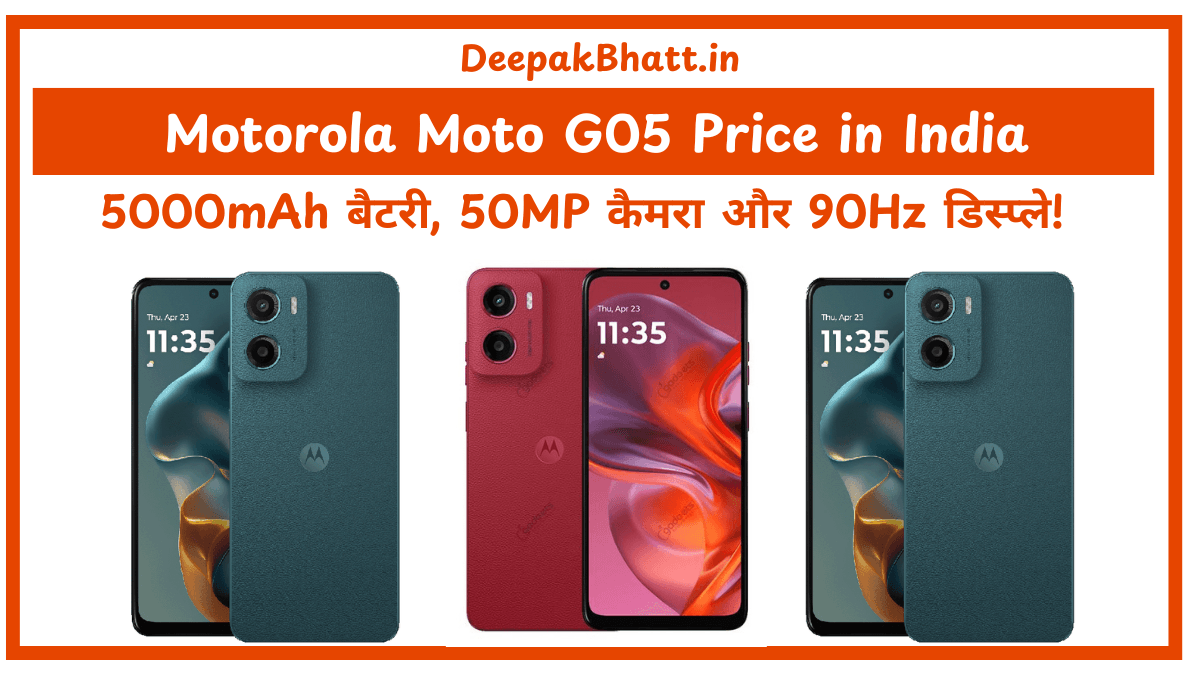The Internet of Things (IoT) is a network that connects physical devices, vehicles, appliances
These interconnected devices, often called “smart objects,” collect and share data, ranging from simple home devices to complex industrial machinery.
Cybersecurity in a Digital Age: Protecting Your Online Presence
Blockchain Revolution: Complete Transforming Industries
- 1 Key Features of IoT: Internet of Things
- 2 Importance of IoT for Businesses: Internet of Things
- 3 Technologies Powering IoT Applications: Internet of Things
- 4 Risks and Challenges in IoT: Internet of Things
- 5 Best Practices for Managing IoT: Internet of Things
- 6 The Future of IoT: Internet of Things
- 7 People also ask : Internet of Things
- 7.1 1. What is IoT and its Importance?
- 7.2 2. How Does IoT Work with Example?
- 7.3 3. What is IoT and its Characteristics?
- 7.4 4. What are the Benefits of IoT?
- 7.5 5. How is IoT Used in Industry?
- 7.6 6. How is IoT Working?
- 7.7 7. How is IoT Applied?
- 7.8 8. How is IoT Used in Society?
- 7.9 9. What is IoT and its Advantages and Disadvantages?
- 7.10 10. What are Advantages and Disadvantages of Internet?
- 7.11 11. What are the Disadvantages of IoT?
Key Features of IoT: Internet of Things
1. Sensor Integration:
Devices embedded with sensors detect changes in the environment, enabling them to interact with the physical world.
2. Connectivity Technologies:
Various connectivity technologies, such as Wi-Fi, Bluetooth, cellular, Zigbee, and LoRaWAN, enable IoT devices to transmit data to the cloud.
3. Cloud Computing:
Vast amounts of data generated by IoT devices are stored, processed, and analyzed in the cloud, providing the infrastructure for IoT applications.
4. Big Data Analytics:
Advanced analytics tools, including machine learning algorithms, data visualization, and predictive analytics, extract meaningful insights from the extensive data generated by IoT devices.
5. Security and Privacy Technologies:
Encryption, access controls, and intrusion detection systems protect IoT devices and the data they generate from cyber threats.
Importance of IoT for Businesses: Internet of Things
1. Improved Efficiency:
Automation and optimization of processes through IoT devices enhance overall efficiency and productivity.
Sensors monitor equipment performance, detect potential issues, and reduce maintenance costs.
2. Data-Driven Decision-Making:
Vast data generated by IoT devices provide insights into customer behavior, market trends, and operational performance.
Informed decisions about strategy, product development, and resource allocation are possible through data analysis.
3. Cost-Savings:
Automation of tasks using IoT devices reduces manual processes, resulting in cost reduction and improved profitability.
Energy usage monitoring optimizes consumption, reducing costs and improving sustainability.
4. Enhanced Customer Experience:
Gathering customer behavior data through IoT technology enables businesses to create personalized and engaging customer experiences.
Retailers use IoT sensors to track customer movements, providing personalized offers based on behavior.
Technologies Powering IoT Applications: Internet of Things
1. Healthcare:
Remote patient monitoring and real-time data collection on vital signs.
Tracking medical equipment, managing inventory, and monitoring medication compliance.
2. Manufacturing (IIoT – Industrial IoT):
Monitoring machine performance, detecting equipment failures, and optimizing production processes.
Tracking inventory, managing supply chains, and monitoring product quality.
3. Retail:
Tracking customer behavior, monitoring inventory levels, and optimizing store layouts.
Analyzing foot traffic to improve product placement and enhance the customer experience.
4. Agriculture:
Monitoring soil conditions, weather patterns, and crop growth for precision farming.
Tracking livestock health, equipment, and managing supply chains.
5. Transportation:
Monitoring vehicle performance, optimizing routes, and tracking shipments.
Monitoring fuel efficiency in connected cars, reducing fuel costs, and improving sustainability.
Risks and Challenges in IoT: Internet of Things
1. Security and Privacy Risks:
Vulnerability to cyber threats compromising the security and privacy of sensitive data.
2. Interoperability Issues:
Devices from different manufacturers using different standards, leading to interoperability challenges.
3. Data Overload:
Vast amounts of data generated by IoT devices overwhelming businesses lacking necessary tools and expertise.
4. Cost and Complexity:
Implementation of IoT systems being costly and complex, requiring significant investments.
5. Regulatory and Legal Challenges:
Compliance with data protection, privacy, and cybersecurity regulations varying globally.
Best Practices for Managing IoT: Internet of Things
1. Plan Your IoT Strategy:
Clearly define objectives, use cases, and desired outcomes before deploying IoT devices.
2. Choose Secure IoT Products:
Prioritize devices designed with security in mind, implementing encryption, authentication, and access controls.
3. Monitor and Maintain Devices:
Regularly monitor and maintain IoT devices to ensure optimal performance and security.
4. Manage Data Effectively:
Develop a clear data management strategy for storage, analysis, and visualization.
5. Build an Ecosystem:
Understand the larger ecosystem, ensuring IoT devices integrate effectively with other systems and technologies.
The Future of IoT: Internet of Things
1. Growth:
The number of IoT devices is expected to grow rapidly, driven by increased adoption and new use cases.
2. Edge Computing:
Processing data closer to the source improves response times, reduces latency, and minimizes data transfer over IoT networks.
3. AI and Machine Learning:
Integration of AI and machine learning to analyze vast amounts of IoT data, enabling informed decision-making.
4. Blockchain:
Exploration of blockchain technology to enhance security and privacy in IoT by creating secure, decentralized networks.
5. Sustainability:
IoT contributing to sustainability by optimizing energy usage, reducing waste, and improving environmental impact across industries.
People also ask : Internet of Things
1. What is IoT and its Importance?
The Internet of Things (IoT) refers to a network connecting physical devices with embedded sensors, software, and network connectivity, enabling them to collect and share data. Its importance lies in revolutionizing various industries by enhancing connectivity, automation, and data-driven decision-making.
2. How Does IoT Work with Example?
IoT works by enabling devices to communicate and share data. For example, a smart thermostat in a home can collect temperature data, communicate it to a cloud server, and receive instructions to adjust the temperature settings based on user preferences or external conditions.
3. What is IoT and its Characteristics?
IoT is a network of interconnected devices with characteristics such as sensor integration, diverse connectivity technologies (Wi-Fi, Bluetooth, etc.), cloud computing for data storage and analysis, big data analytics, and security measures like encryption.
4. What are the Benefits of IoT?
- Improved Efficiency: Automation and optimization of processes.
- Data-Driven Decision-Making: Insights from vast data generated by IoT devices.
- Cost-Savings: Automation reduces manual processes, lowering costs.
- Enhanced Customer Experience: Personalized experiences based on customer behavior.
5. How is IoT Used in Industry?
- Manufacturing (IIoT):
- Monitoring machine performance.
- Optimizing production processes.
- Tracking inventory and managing supply chains.
- Healthcare:
- Remote patient monitoring.
- Real-time data collection on vital signs.
6. How is IoT Working?
IoT works by allowing devices to communicate and share data through the Internet. Devices with embedded sensors collect real-time data, which is transmitted to a cloud server for storage and analysis. The insights gained are then used to make informed decisions or trigger actions.
7. How is IoT Applied?
IoT is applied in various sectors:
- Agriculture: Monitoring soil conditions and crop growth.
- Transportation: Optimizing routes and monitoring vehicle performance.
- Retail: Tracking customer behavior and managing inventory.
8. How is IoT Used in Society?
- Healthcare:
- Remote patient monitoring.
- Improved healthcare services.
- Smart Cities:
- Traffic management.
- Environmental monitoring.
9. What is IoT and its Advantages and Disadvantages?
IoT’s advantages include improved efficiency, data-driven decision-making, and enhanced customer experience. Disadvantages encompass security risks, interoperability issues, and the potential for data overload.
10. What are Advantages and Disadvantages of Internet?
Advantages:
- Global Connectivity.
- Information Access.
Disadvantages:
- Security Risks.
- Privacy Concerns.
11. What are the Disadvantages of IoT?
- Security and Privacy Risks.
- Interoperability Issues.
- Data Overload.
- Cost and Complexity.
- Regulatory and Legal Challenges.
आप सभी का मेरी वेबसाइट पर स्वागत है। मैं Blogging, earning money online और अन्य Categories से संबंधित Post Updates करता रहता हूँ। यहाँ आपको बहुत अच्छी Post पढ़ने को मिलेंगी। जहाँ से आप बहुत सारा Knowladge बढ़ा सकते हैं। आप हमारी website और Social Media के माध्यम से हमसे जुड़ सकते हैं। धन्यवाद







